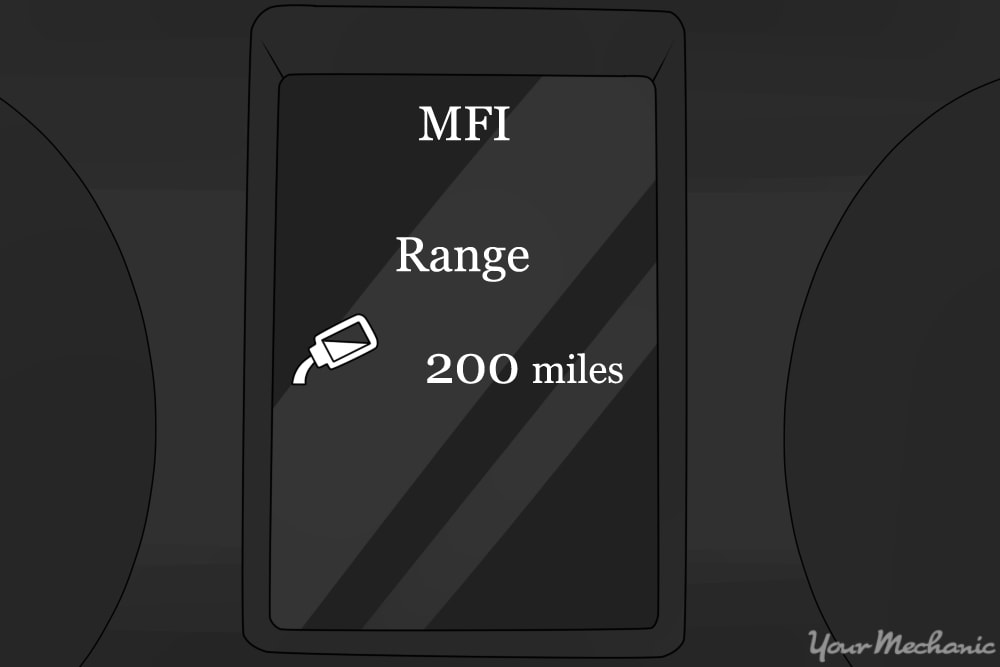

Diesel engines have generally been reserved for trucks and bigger, heavier machines until now. However, due to diesel fuel’s high efficiency, it has become much more common on smaller passenger cars these days. This high efficiency comes from the fact that diesel inherently has more potential energy stored inside than normal gasoline. Along with the extra energy, diesel engines have a higher compression ratio, which allows them to extract more of the overall energy from the fuel than a normal gasoline engine.
However, this high efficiency has a price in the form of some extra exhaust emissions. To help the catalytic converter break down the harmful gases, diesel exhaust fluid is slowly injected into the exhaust pipe. The fluid vaporizes and once in the catalytic converter, the nitrogen oxides will get broken down into water and nitrogen which are harmless. One of the more common diesel exhaust systems used is AdBlue, which can be found in American, European, and Japanese cars.
What the AdBlue warning light means
The AdBlue system has a pump that injects a small amount of the diesel exhaust fluid based on the engine’s operating conditions. A small tank with a fluid level sensor stores the liquid so that frequent fill ups are not necessary.
There are three lights on the dash that can illuminate to warn you of any issues with the AdBlue system. The first light is the low level warning light. It should turn on well before the tank is completely empty so that you have plenty of time to get it filled up. This light is typically yellow and once you have filled the tank with more exhaust fluid, it should turn off. If you don’t fill the tank, it will eventually turn red which is the no restart warning.
When this light is red, you will not be able to restart the engine once you have turned it off. If this happens while driving, take your car to get the tank filled immediately, otherwise you won’t be able to start the engine again. This is a feature designed to prevent drivers from going extended distances without any exhaust fluid. Again, topping off the tank should turn the light off.
Finally, if the computer detects any malfunctions within the system, the service engine light will illuminate along with the fluid level warning. This could indicate an issue with the delivery system or the fluid level sensor, or it could indicate that the incorrect fluid is being used. You’ll need a diagnostic scan tool to read the error code and understand what is going on. Don’t ignore this light as using the incorrect fluid type could damage the system permanently.
Is it safe to drive with the AdBlue warning light on?
While this light doesn’t indicate a safety issue, neglecting the warning will eventually prevent you from starting the engine. When you see the low fluid warning, you will still have a good amount of time before a refill is absolutely necessary. Don’t forget about it, or you could run out of fluid and potentially be stranded.
If any of your AdBlue warning lights are on, our certified technicians can help you refill your tank or diagnose any issues you may be having.



